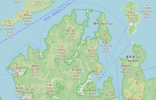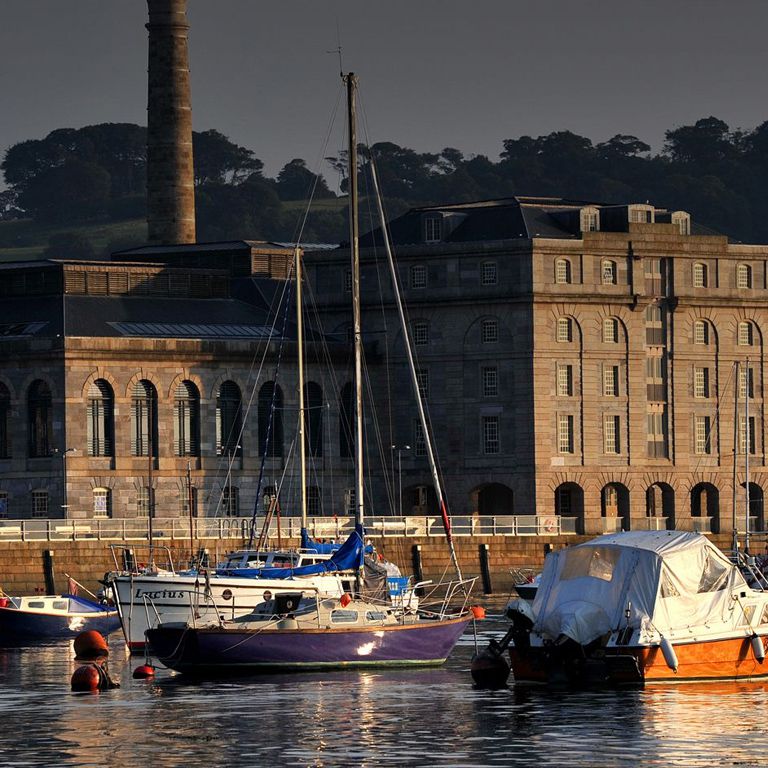The general public perception of a boat service, whether a vehicle ferry, catamaran or hovercraft, is to bridge gaps between two opposite stretches of land surrounded by water. Usually these have no viable land link between them or have a land link the long way round which makes a fast passenger ferry competitive. The Hythe Ferry which has made the news today fits the latter category.
What is more unusual however are ferry routes that link two locations on the same coastline or river bank even where a road or rail link is perfectly feasible. I believe the London boats are an example of this, although I am not sure whether there are any individual routes that stick to the north or south bank of the Thames. Hypothetical ferry corridors such as Southampton to Portsmouth or Liverpool to Blackpool could probably also be competitive with rail depending on speed due to the slow nature of train links between them.
Also am I right in thinking that it was normal to travel by boat between towns along the same coastline before the development of railways?
What is more unusual however are ferry routes that link two locations on the same coastline or river bank even where a road or rail link is perfectly feasible. I believe the London boats are an example of this, although I am not sure whether there are any individual routes that stick to the north or south bank of the Thames. Hypothetical ferry corridors such as Southampton to Portsmouth or Liverpool to Blackpool could probably also be competitive with rail depending on speed due to the slow nature of train links between them.
Also am I right in thinking that it was normal to travel by boat between towns along the same coastline before the development of railways?








